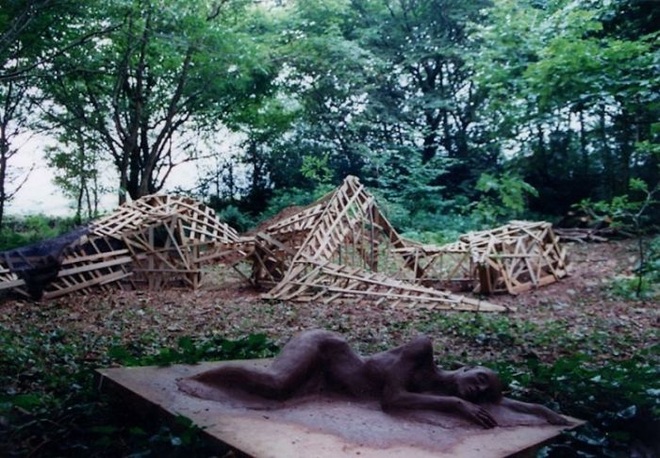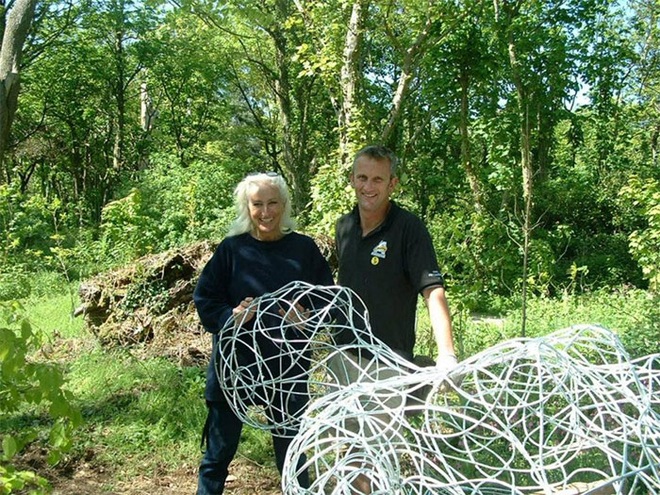In an English botanical garden, there exists a well-known statue of a reclining maid. The statue is known for its ability to transform and adapt with the changing seasons throughout the year.

Mother Earth is a revered and personified entity that takes on many names and forms. She is believed to be a nurturing and life-giving motherly figure, crossing many traditions and cultures. While shamanic traditions recognize her as the source of all life on earth, other indigenous groups have their own unique beliefs about her. The Lepcha people, for example, are an indigenous group in Sikkim, India, who practice a polytheistic, animist, shamanistic, and syncretic religion that combines elements of both Buddhism and their folk beliefs. While their chief goddess is Nozyongyu, their mother-creator is a female earth deity named It Bungo (also known as Itbu-moo). Whether you call her Mother Earth, Pachamama, or Gaia, there are many lesser-known names for this important figure in nature that you may not be familiar with.
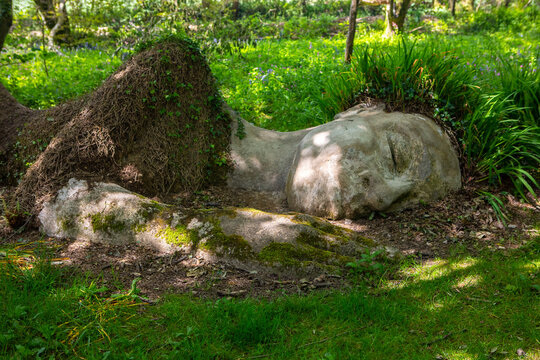
The Māori people are native to Polynesia and call New Zealand their home. According to Māori tradition, Papatùānuku is the embodiment of land. She is considered the mother earth figure who gives birth to all living things, such as humans, trees, birds, and nurtures them thereafter. The Māori culture associates women with land as they both share the ability to give birth to humankind. Just as the world emerged from Papatùānuku, human life emerged from women. The Māori term for a woman’s womb is “the house of humanity,” which is synonymous with the earth’s womb.
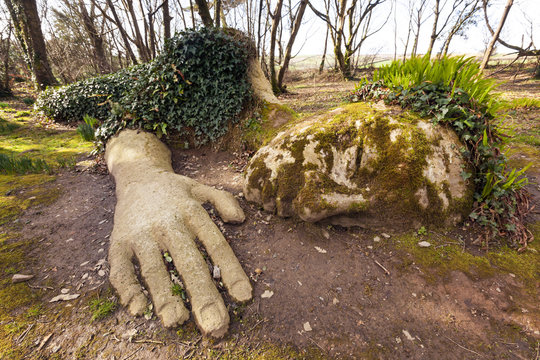
In this instance, Papa is not to be confused with the traditional term “Father” or any other male figure. This could be due to the fact that Hawaii falls within the region of Polynesia, which also includes New Zealand. As a result, the name for the Hawaiian Mother Nature closely resembles the Maori name, Papa versus Papatuanuku, respectively. According to the website AncientHuna.com, Papa is revered as their Earth Mother and is known by other names such as Haumea and Kaluheinei. Additionally, she is worshipped as the goddess of fertility and childbirth.

The Wixarika people, also known as the Huichol, primarily live in Jalisco, Mexico. According to researcher Gabriel Pacheco Salvador from the University of Guadalajara, their culture places great importance on Mother Earth. Their traditional earth mother is called Tatéi Yurianaka. In order to sow crops, which is a regular activity for the Wixarika community, they must have the consent of Mother Earth. Offerings, prayers, and ceremonies must be made to honor her. Mother Earth is present in all aspects of their lives, including sowing, preparation, harvest, ceremonies, hunting, and pilgrimages. Honoring her is not limited to a specific day, but rather she is present every day in all activities. Therefore, for the Wixarika, every day is considered to be Earth Day.

The Great Goddess, also known as the Mother Goddess, is a combination of multiple female deities from various cultures throughout history. Many modern Wiccans and Neopagans worship her. She is often recognized as a Triple Goddess, embodying the roles of Maiden, Mother, and Crone. The Mother Goddess is frequently referred to as Mother Earth, Mother Nature, or the creator of all life. Her association with the full moon, stars, Earth, and sea are also significant. Within Wicca, she may be referred to as Gaia.

No matter what we call our planet, it’s undeniable that humans have always relied on and continue to depend on Mother Earth. It’s important to appreciate and show gratitude for all the resources we receive from her, including the land and nature. However, it’s not enough to simply appreciate her. We must also take care of her by keeping her clean, nourished, and healthy. In other words, we need to treat her like a mother too. So, let’s celebrate International Mother Earth Day and honor our respective goddesses, but let’s also remember that every day should be Earth Day.
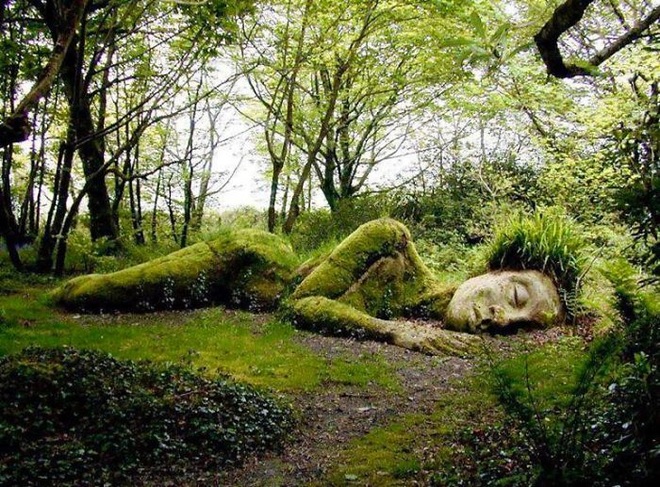
Southwest England’s Cornwall has a mystical aura, overflowing with folklore centered on King Arthur. The Lost Gardens of Heligan, Europe’s most enormous garden restoration project, are a haven for adventure-seekers, flora enthusiasts, and those enamored of romance. The Heligan compound features the iconic Mud Maid sculpture, perfect for visitors looking to explore.
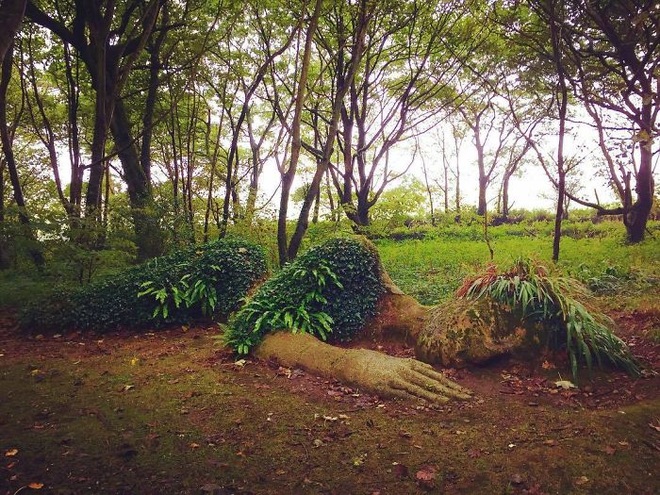
Mud Maid is an extraordinary sculpture that appears to be alive. Her appearance changes along with the changing seasons as the grass, ivy, and moss grow and eventually decay, giving her a unique look all year round.
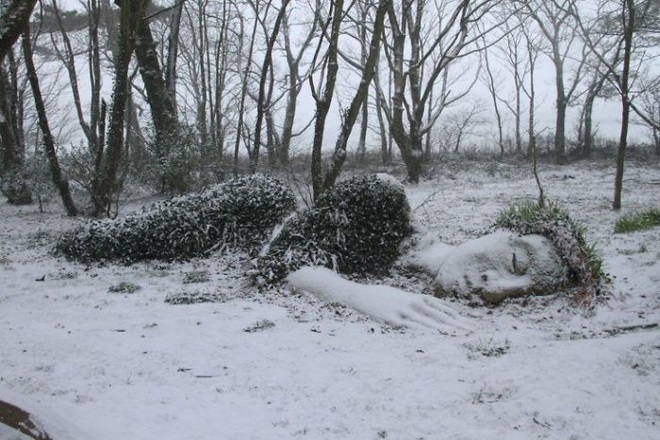
In the spring and summer seasons, the sculpture looks absolutely stunning. However, during fall and winter, it takes on a completely different look.
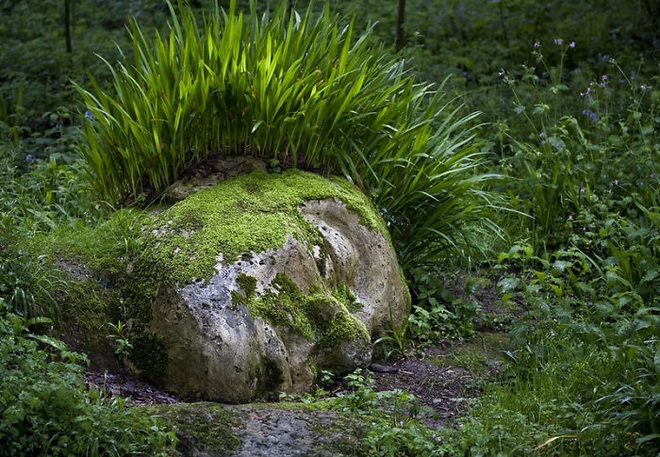
Initially, the plan was to create a mermaid statue but things took a turn when a member of the restoration crew referred to it as the “Mud Maid”. This led to the decision of removing its tail.
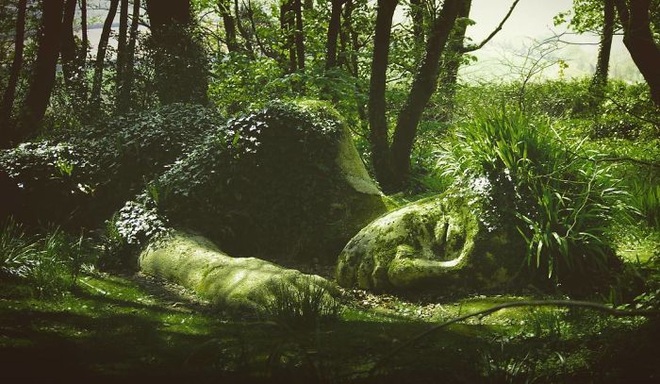
The sculpture isn’t constructed around a tree root like typical designs. Instead, it’s crafted using a wooden frame, straw, cement, and clay. These materials are applied to the frame, resulting in the statue’s unique shape.
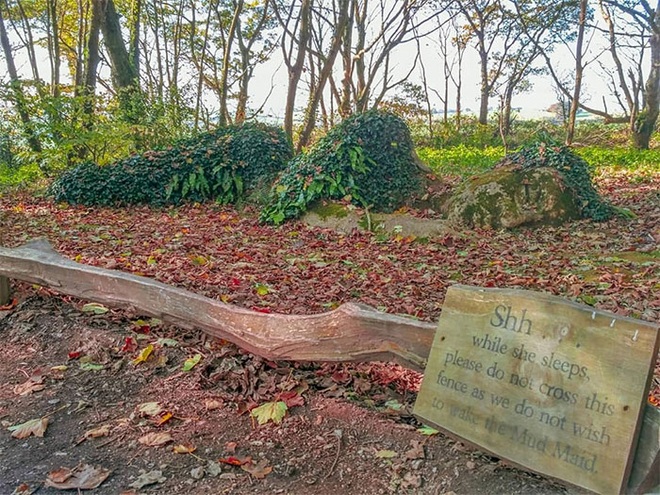
Since 1997, this sculpture has been a beloved part of the garden, well-known and appreciated by many.

The initial design of this renowned sculpture.
